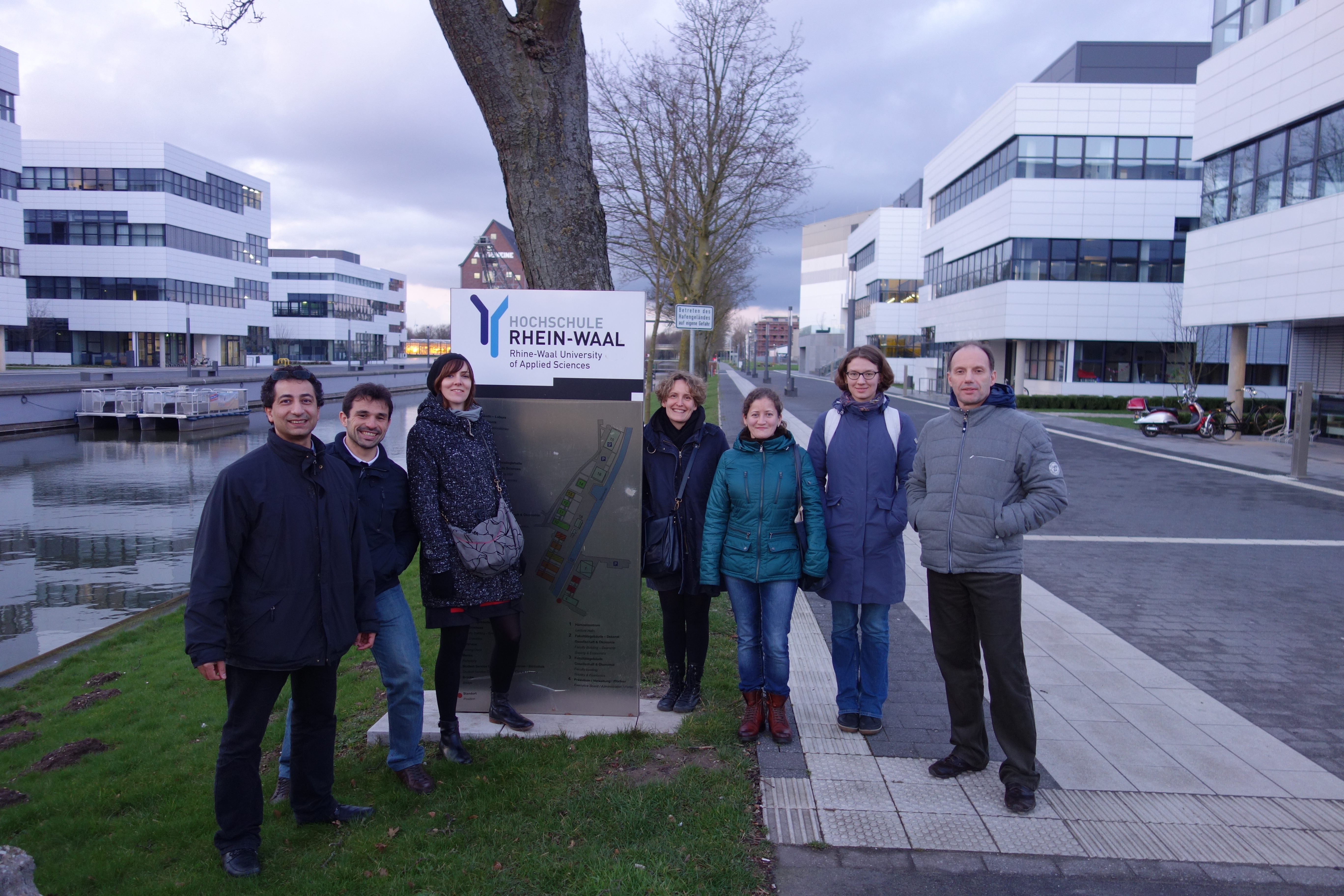Press-room / news / Science news /
Scientists of the IBCh will create nanosensors for the treatment of women’s cancer
The Institute of Bioorganic Chemistry of the Russian Academy of Sciences together with the University of Francois Rabelais (France) and the Rhine-Wall University (Germany) launched an interdisciplinary research MINERVA project. Its goal is to develop biomedical nanosensors for the diagnosis and treatment of breast cancer.
Breast cancer is the most common type of women’s cancer, in developed countries it is diagnosed every eighth woman. According to the World Health Organization, breast cancer kills about 500,000 women each year. Treatment results directly depend on the detection and proper diagnosis of the disease. Today mammography allows diagnosing the cancer in 66-90% of cases until obvious symptoms has appeared. However, the diagnostic reliability of this method is not very high: only 12% of positive mammogram indicates the presence of breast cancer. Thus, further clarification and confirmation of the diagnosis is crucial.
If chemotherapy damages or kills healthy cells along with the sick, the nanosensors allow transferring active substances in the cancer cells only and «tagging» their by color. For example, now with the disease of breast cancer, doctors have to remove the patient’s breast. Highly sensitive and specific cancer cell imaging in real-time during surgery could help to completely remove the tumor and reduce the likelihood of relapse. Researchers from the Shemyakin-Ovchinnikov Institute RAS together with colleagues from the University of Francois Rabelais (France) and the Rhine-Wall University (Germany) started to develop these nanomarkers.

The research group are in the campus of Rhine-Wall University. Source: http://www.hochschule-rhein-waal.de
– The goal of our project is the development and study of injectable magneto-plasmonic hybrid nanosensors having orientation towards breast cancer cells, for theranostics – therapy and diagnosis of this disease, – says Alexey Feofanov, Doctor of science, associate professor, head of the Laboratory of optical microscopy and spectroscopy of biomolecules of the IBCh. – In terms of diagnostic the ultimate goal of nanosensors developing is to combine the detection of tumor zones by magnetic resonance imaging (MRI) and identify tumorlet during surgery using optical endoscopy far-red region of the spectrum (700-900 nm). In addition, a variable nanosensors design shall ensure the destruction of cancer cells by the temperature activated the delivered drug or local hyperthermia effects caused by the heating of nanosensors by alternating magnetic field or the red light.
At the beginning of the project researchers tested a number of new structures that could potentially be nanosensors to mark cancer cells. These materials present as a tiny compounds size of one millionth of a millimeter. They consist of two different structures: organic carbon and oxygen and the inorganic structures of gold or metal oxides. Chemically stabilized nanoparticles branched compound and allow the hybrid system to generate a predetermined pattern.
– The Russian participants of the project will use their experience in the development and application of modern methods of optical microscopy and microspectroscopy to study the efficiency of nanosensors, building in recognition of cancer cells on the basis of intrinsic fluorescence, when assessing the therapeutic potential of nanosensors based on their ability to deliver in a drug cells and dose-dependent cytotoxicity, – lists the future challenges Feofanov.
MINERVA is an international and interdisciplinary research project of Russia, Germany and France, which is funded by national Ministries of Education and the participating countries funds. The project will create new biomedical materials for the treatment of cancer cells. Russia is presented by the Institute of Bioorganic Chemistry and Alex Feofanov, Kseniya Kudryashova and Anastasia Ignatova in particular.
may 25, 2016

